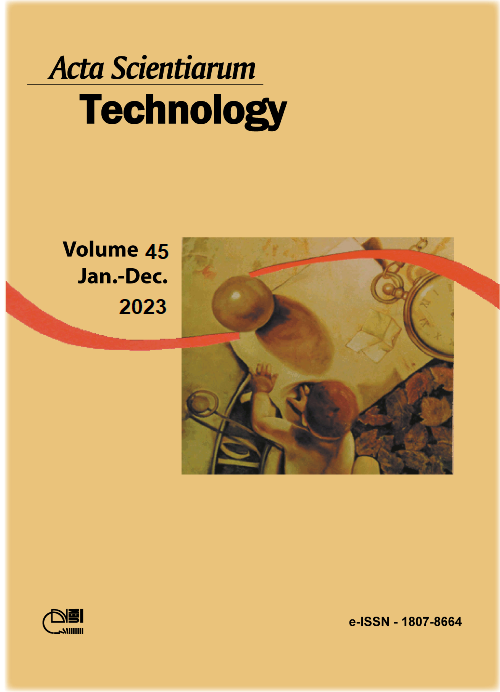Skin cancer classification dermatologist-level based on deep learning model
DOI:
https://doi.org/10.4025/actascitechnol.v45i1.61531Palavras-chave:
skin câncer; cancer recognition; deep learning; convolutional neural networkResumo
Medical image analysis is a significant burden for doctors, therefore, it is used to supplement image processing. Many medical images are assumed to be diagnosed as accurately as healthcare experts when the precision of image detection and recognition in an image processing approach matches that of a human being. Artificial Intelligence (AI) based predictive modelling is an important component of many healthcare solutions. This paper develops and implements a neural network-based method for skin cancer prediction to expose the neural network's strength in this field. This method determines which form of deep learning is best for diagnosing diseases with an accuracy exceeds human ability in terms of speed and accuracy, and determines the optimum number of layers and neurons in each layer for both Convolutional Neural network (CNN) and Deep Neural Network (DNN) to obtain the best possible precision. The results of the proposed method showed impressive results, especially for CNN. There is a clear superiority of CNN over DNN. The CNN (which relies on convolution filters) provides great results in extracting features due to the focus on the intended area of the image without the surrounding area region of interest. This led to a remarkable decrease in the number of parameters and the speed of attaining results with higher accuracy. The results indicated that CNN has a high accuracy rate compared with the other existing methods where the accuracy rate of CNN is 98.5%.
Downloads
Referências
Downloads
Publicado
Como Citar
Edição
Seção
Licença
DECLARAÇíO DE ORIGINALIDADE E DIREITOS AUTORAIS
Declaro que o presente artigo é original, não tendo sido submetido í publicação em qualquer outro periódico nacional ou internacional, quer seja em parte ou em sua totalidade.
Os direitos autorais pertencem exclusivamente aos autores. Os direitos de licenciamento utilizados pelo periódico é a licença Creative Commons Attribution 4.0 (CC BY 4.0): são permitidos o compartilhamento (cópia e distribuição do material em qualqer meio ou formato) e adaptação (remix, transformação e criação de material a partir do conteúdo assim licenciado para quaisquer fins, inclusive comerciais.
Recomenda-se a leitura desse link para maiores informações sobre o tema: fornecimento de créditos e referências de forma correta, entre outros detalhes cruciais para uso adequado do material licenciado.















